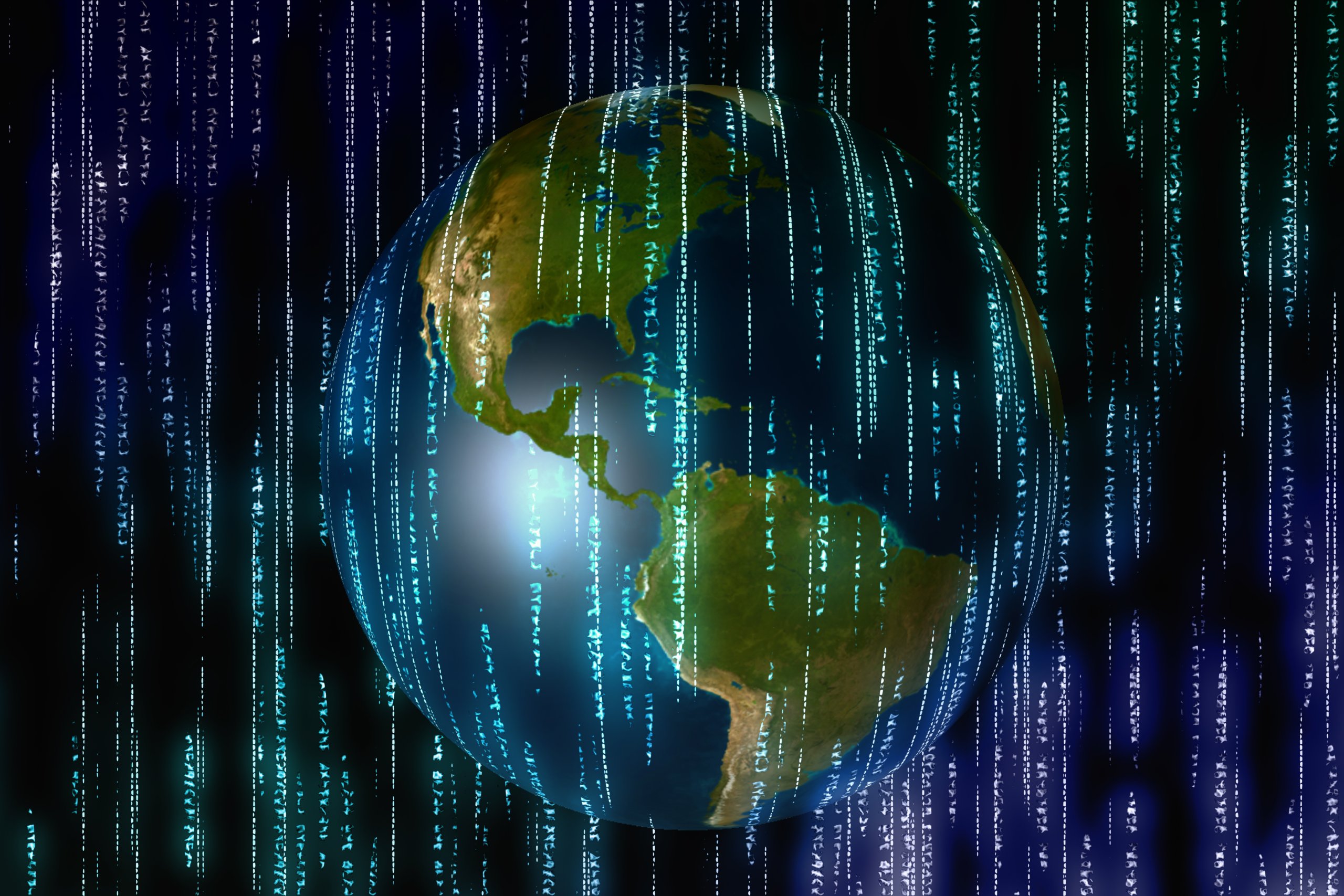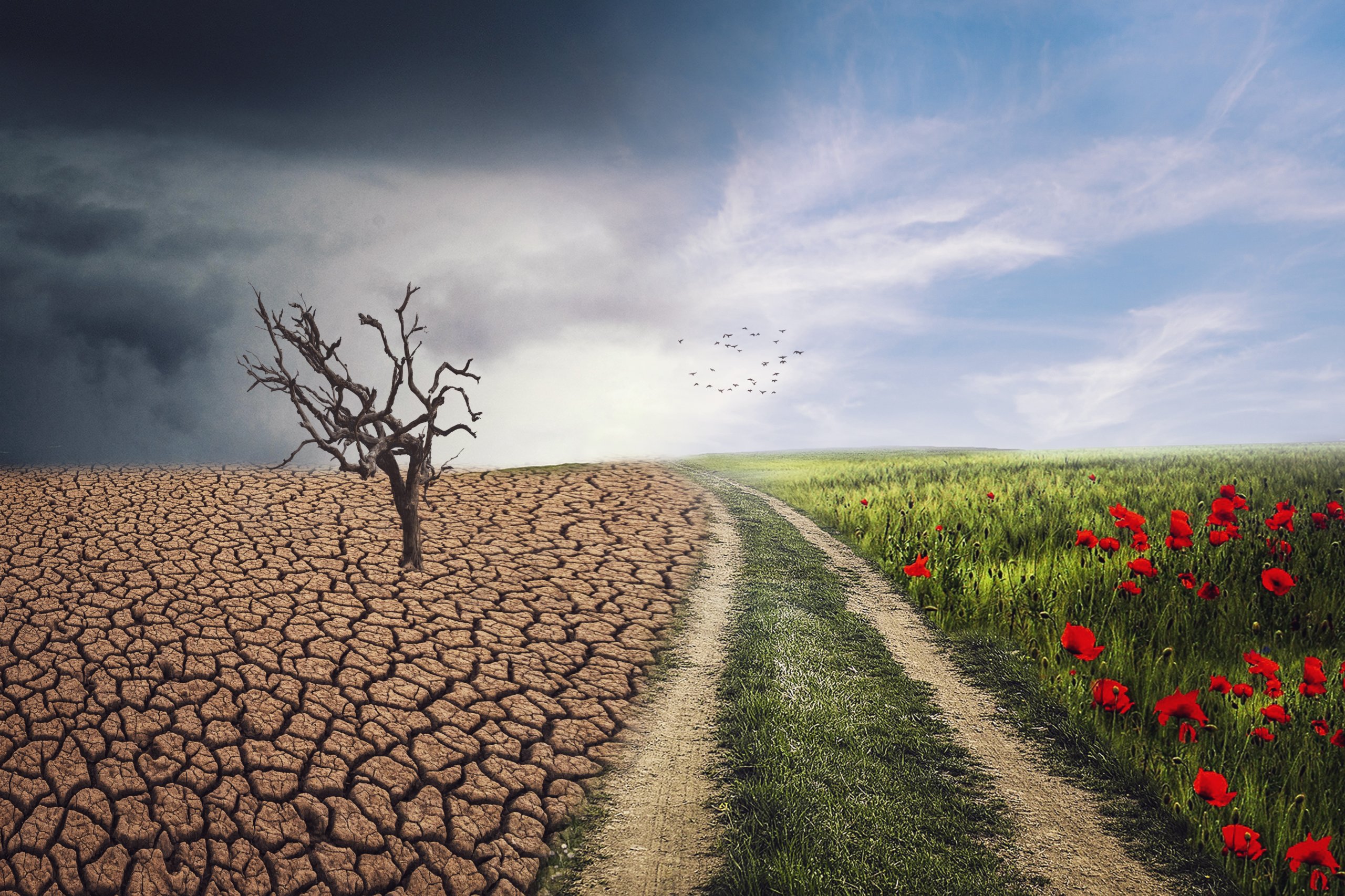 The Internet of Things (IoT) connects devices, sensors, and systems all over the world to unleash unprecedented efficiency and innovation. Many applications in this field focus on improving the day-to-day of homes and businesses, but this is honestly just the “tip of the iceberg” of this technology’s potential; IoT development can help us tackle some of the most pressing problems facing this planet and improve its well-being for future generations.
The Internet of Things (IoT) connects devices, sensors, and systems all over the world to unleash unprecedented efficiency and innovation. Many applications in this field focus on improving the day-to-day of homes and businesses, but this is honestly just the “tip of the iceberg” of this technology’s potential; IoT development can help us tackle some of the most pressing problems facing this planet and improve its well-being for future generations.
By the end of this year, there will be more than 14 billion connected devices, and that number will almost double to over 25 billion by December 2021, according to a report by Gartner. With this number of tools and sensors, it’s not difficult to imagine how these devices could work together to better our Earth.
Let’s see this in action by looking at four IoT applications that improve our planet by addressing the water crisis, climate change, waste management, and agriculture.
The Looming Water Crisis
Many developing nations, totaling more than half of the world’s population, have trouble accessing water, distributing it, and conserving it for future use.
A study by the United Nations shows that water use has been increasing at a rate double that of population growth in the last century. By 2025, 1.8 billion people are estimated to be living in a region that has high water scarcity. If that’s not scary enough, it’s also possible that 66% of the entire global population could be living under the extremely high stress of not knowing where water is coming from next by that year.
IoT can give us insight into how water is supplied and how much demand there is for it. It can help manage water ecosystems around the world. In dams, tanks, and reservoirs, sensors can accurately monitor water levels 24/7. The generated data can be utilized for analysis and optimization to properly distribute, manage, and conserve water to residents nearby.
Smart irrigation is another great IoT application; connected devices can regularly and accurately monitor irrigation levels and schedules remotely. Smart sensors can continuously measure soil moisture and make changes as needed by increasing the watering schedule or decreasing it until the soil is ready for more water. Even the amount of water used to irrigate the land and crops can be measured out to exact specifications.
Climate Change Is Coming
Climate change has been proclaimed to be the single biggest threat facing humanity’s future generations and our planet. Fortunately, IoT can help us cope with the extreme changes our planet is facing in weather, air quality, carbon dioxide emissions, rising water levels, and more.

According to a report by Ericsson, we can use IoT to decrease greenhouse gas emissions by up to 15% by 2030. The technology can further help us by improving energy consumption. Right now, humans use an excessive amount of energy. IoT-enabled asset condition monitoring (ACM) systems, smart meters, and smart grids can tackle energy savings management, optimization, and automation. Sensors can monitor energy consumption in real-time and help people and grids efficiently improve their usage.
Improving Air Quality
Air pollution causes lung and respiratory system problems. Our noses can only filter out so many pollutants; many harmful particles make their way into our bodies, and we must take action to improve air quality immediately.
Using IoT devices, we can improve air quality by continuously monitoring air pollution levels. These devices need not be fancy or overly expensive; we can use small, mobile-enabled sensors embedded all over cities to track pollution in every neighborhood.
By pinpointing what is causing pollution and fluctuations in air quality, we can take the appropriate measures to improve air quality for everyone.

Cleaning Up Carbon Dioxide Emissions
Cars contribute a lot of air pollution and carbon dioxide and greenhouse gas emissions. By managing traffic with sensors, traffic cameras, and vehicle GPSs, we can improve car idling so we spend less time driving around in stop-and-go traffic.
Managing Human and Non-Organic Waste
Waste management, if not done correctly, can spread fatal disease and high levels of bacteria. It affects nearby residents, as well as those living downstream from waste management plants.
Many governments are stuck in their old ways: rather than upgrade technology or methods of collection and disposal, many continue to use these inefficient methods. IoT systems can track waste levels, analyze management for operational improvements, and generate route optimization for faster waste collection.
With IoT systems in place for waste management, operational costs would drop, and the surrounding environment would improve quickly. An example of a simple but effective IoT system would include a few sensors for monitoring fill levels and temperature inside the waste containers. It would require a data transfer communication node. And finally, new software would need to be installed to access and analyze the generated data.
A study by Navigant Research forecasts that the global smart waste collection market will reach over $223 million in 2025.
Farming for the Future
Agriculture has historically never been easy for farmers and their families. With continuous changes in population, diets, resources, and the climate, farmers are always changing up their strategy for cultivating crops. Without precise and accurate numbers associated with soil humidity, temperature, air humidity, crop growth rate, irrigation levels, and more, farmers have been left behind.
Developers can implement IoT on farms by creating sensor grids that measure various metrics on the ground, in the soil, in the water, in the air, on tractors, and so much more. Farmers can even access their farm’s cloud-based data while riding around on their tractor to maximize their crop turnover and decrease waste or check out their crop health while on vacation in London.
A Healthier, More Connected Planet for Everyone
We hope you’ve enjoyed this overview of how IoT can help address some of the most pressing issues facing our world. It’s truly a global technology that has immense potential to improve our environment and humanity’s future.
Now that you’ve gotten a bird’s-eye view of how it can do this, what’s your favorite environmental IoT concept? Are there any examples we missed in this article that you’d love to see covered in a future post? Let us know in the comments!





